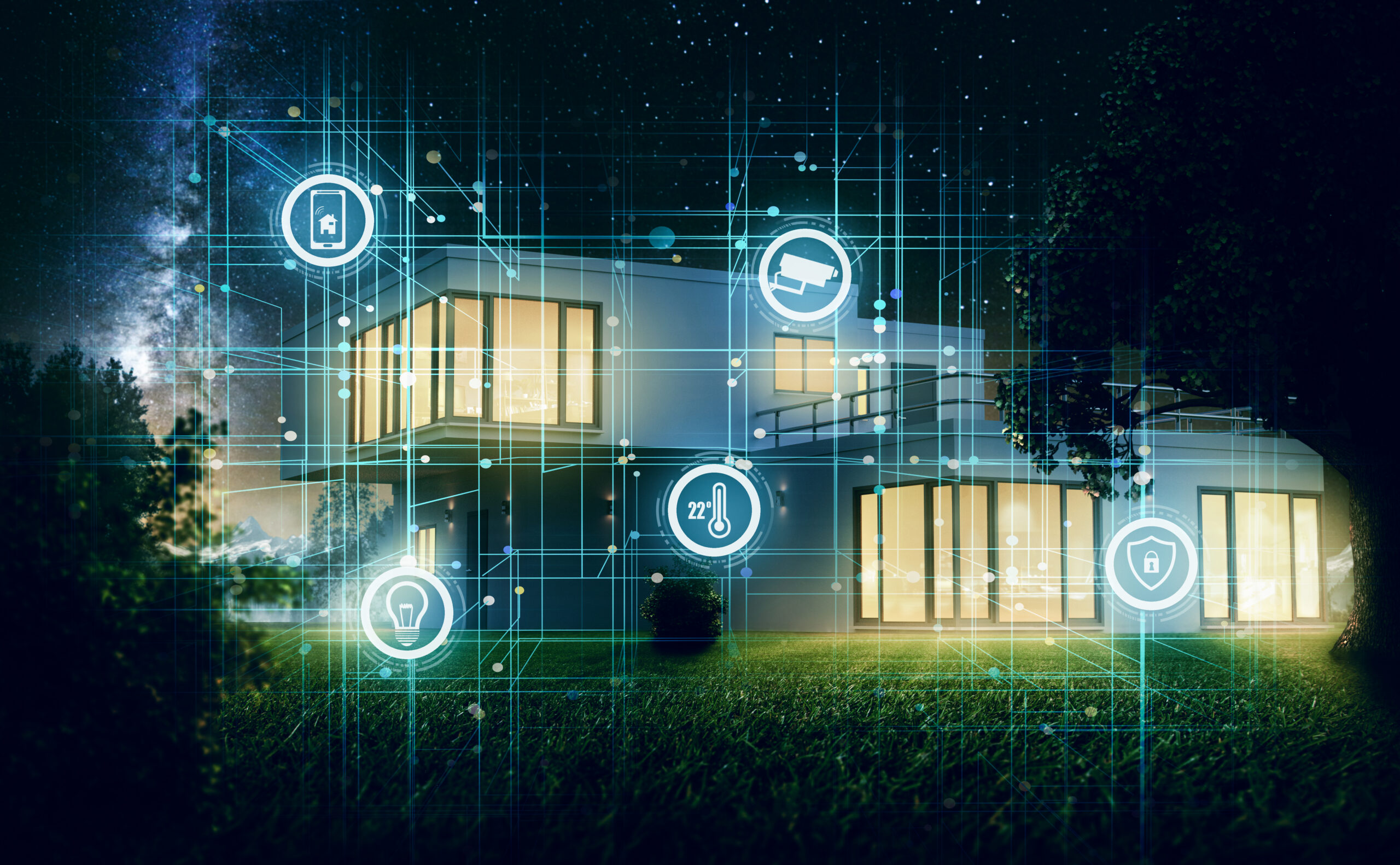Utilities of any size, including smaller municipal and electric cooperatives, can have an enormous impact on climate change. Both through a variety of demand flexibility initiatives or through the implementation of novel concepts including virtual power plants or battery programs, grid-interactive efficient buildings (GEBs) present many opportunities to help utility program managers defray peak energy costs, increase grid resiliency, and enhance customer satisfaction.
So What Are Grid-Interactive Buildings?
While elements like the adoption of distributed energy resources (DERs) and electrification efforts are difficult to quantify, market investments in DER technologies, distributed energy resource management systems (DERMS), and electric vehicles indicate that the public is buying in more and more every year. With increases to electric vehicle manufacturing by 2030, the national expansion of the U.S. EV charging infrastructure, and the continued global transition away from fossil fuels, planning for the energy efficiency of a rapidly approaching tomorrow is entirely prudent.
Enter, grid-interactive efficient buildings. As a concept, grid-interactive efficient buildings utilize existing DER technologies like rooftop solar, battery storage, smart technologies like thermostats or water heaters, and more to create an energy ecosystem that isn’t reliant on any one source of fuel. According to the Northeast Energy Efficiency Partnerships (NEEP), a grid-interactive efficient building (GEB) is “a building with a holistic and well-optimized blend of energy efficiency, energy storage, renewable energy, and load flexibility technologies enabled through smart controls.”
These three key findings came from NEEP’s preliminary analysis of its proprietary GEB research:
- Utilities are often siloed. For buildings to optimize energy use, they need to link distributed energy generation and energy efficiency programs. In addition, participants—utilities, regulators, legislators, service providers, and customers—all must have a clear understanding of their singular and shared pathways.
- Technologies can solve specific problems, but to transform systems they must be integrated. NEEP points to the need for off-the-shelf technologies (e.g., Virtual Peaker’s many cloud-based applications) that can communicate and leverage real-time data
- With new data-driven technologies, data vulnerability can be an issue. At Virtual Peaker, we agree that robust infrastructure must be in place both in front of and behind the meter.
The State of Grid-Interactive Efficient Buildings in the U.S. in 2023
While grid-interactive efficient buildings offer a practical solution to demand flexibility needs, developing GEBs from concept to reality has proven… slow. Fortunately, in 2021 the Department of Energy invested $61 million toward the acceleration of the development of grid-interactive efficient buildings. That trend has continued through U.S. legislation like the Inflation Reduction Act (IRA) or the Investing in Infrastructure and Jobs Act (IIJA), along with regulatory changes have resulted in rebates and loans for homeowners to further encourage adopting the necessary DER technologies. For grid operators, this means that more opportunities are coming, and they’re coming soon.
The Programmatic Potential of Grid-Interactive Efficient Buildings
Because grid-interactive efficient buildings include battery, WiFi-enabled smart technologies, EV charging, and rooftop solar, there are a variety of programmatic opportunities available for utility operations to employ. Through the use of a distributed energy resource management system (DERMS), these otherwise disparate devices can be accessed and controlled remotely for demand flexibility initiatives like demand response, EV managed charging, V2G reciprocal charging, battery programs, and virtual power plants. DERMS control isn’t limited to any one program, but, with the right platform, can scale to encompass a variety of programmatic ambitions.
Article originally published on December 16, 2019, with updates on June 28, 2023.





